On June 14, the General George Patton Museum opened a long-awaited gate providing direct access to the museum from Highway 31W. Previously, access to the museum was available through the installation boundary at Chaffee Gate. The new gate will now serve as the sole entrance to the museum.
We cannot thank Maj. Gen. Evans and his team for providing improved access to this valuable tourist attraction in our region. KRDA was proud to help advocate for this change and joined dozens of community and installation leaders for the ceremonial ribbon cutting that marked the official opening of the 31W access point. We encourage all of our friends and colleagues to pay a visit to this first-class museum. For more information about the Patton Museum and its hours of operations, click here.
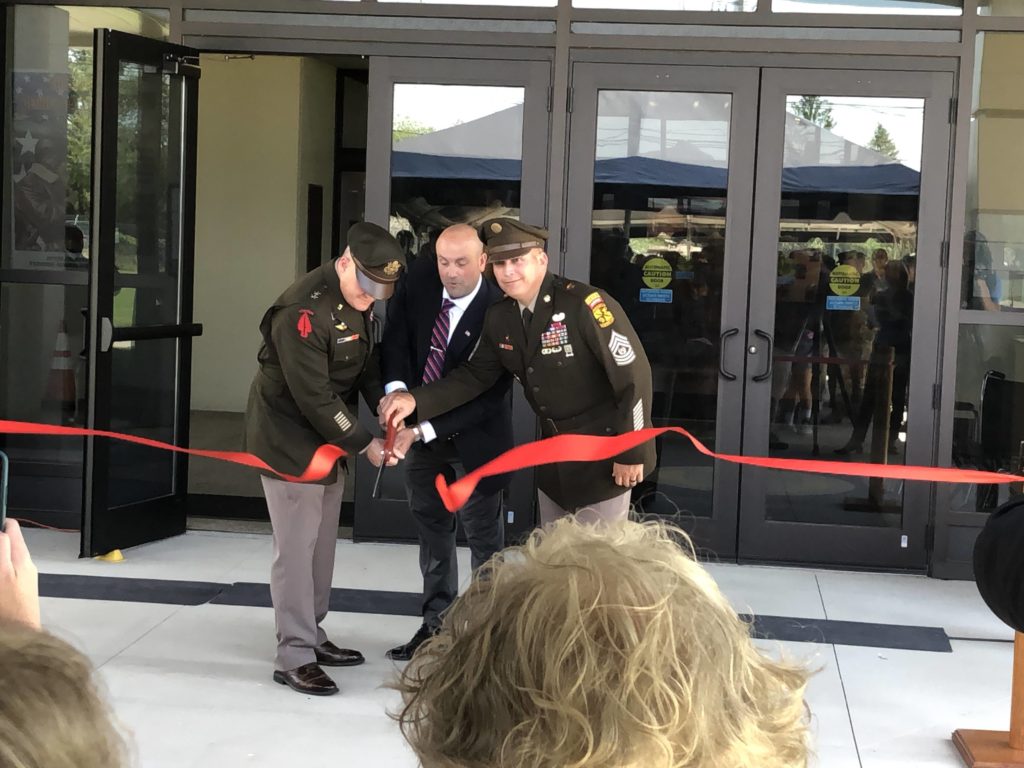
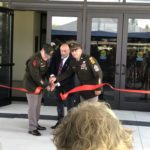



 On May 13, 2005, Secretary of Defense Donald Rumsfeld forwarded his recommendations to the Base Realignment and Closure (BRAC) Commission. Fort Knox was one of 26 installations impacted, resulting in a significant transformation of the post. Sixteen years later, we are reflecting on what BRAC 2005 meant for Fort Knox and the surrounding community as well as the changes on post since then. We are also taking stock in some of the lessons learned as a community and how Fort Knox and our region are positioned for the future.
On May 13, 2005, Secretary of Defense Donald Rumsfeld forwarded his recommendations to the Base Realignment and Closure (BRAC) Commission. Fort Knox was one of 26 installations impacted, resulting in a significant transformation of the post. Sixteen years later, we are reflecting on what BRAC 2005 meant for Fort Knox and the surrounding community as well as the changes on post since then. We are also taking stock in some of the lessons learned as a community and how Fort Knox and our region are positioned for the future.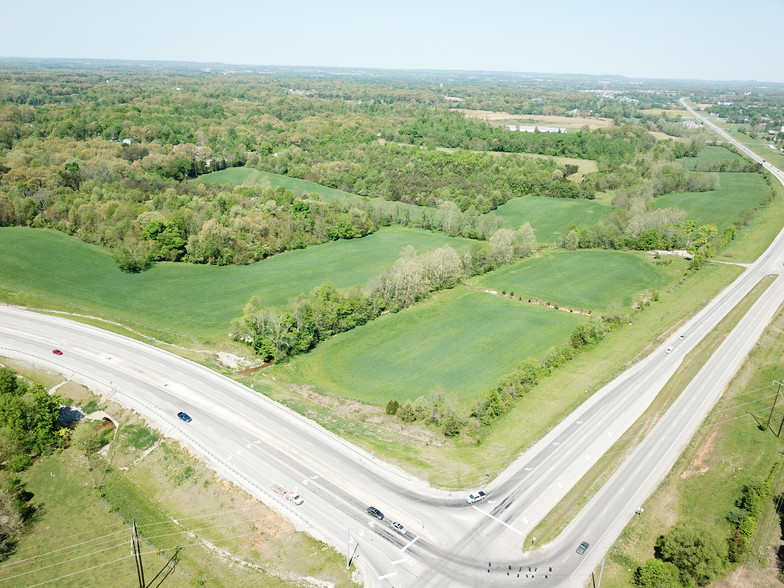
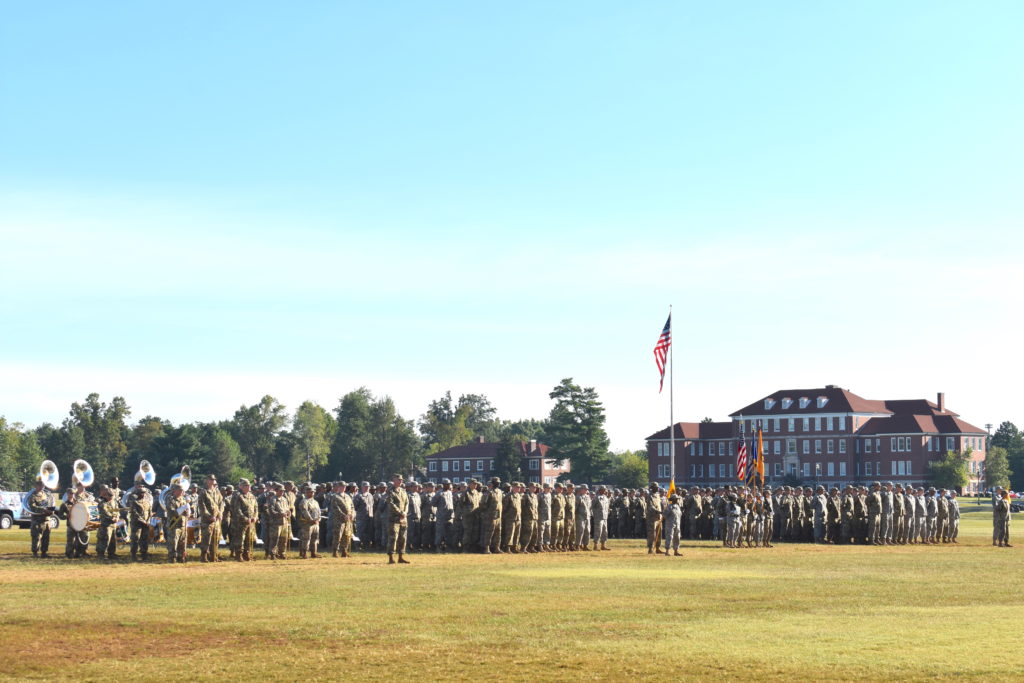
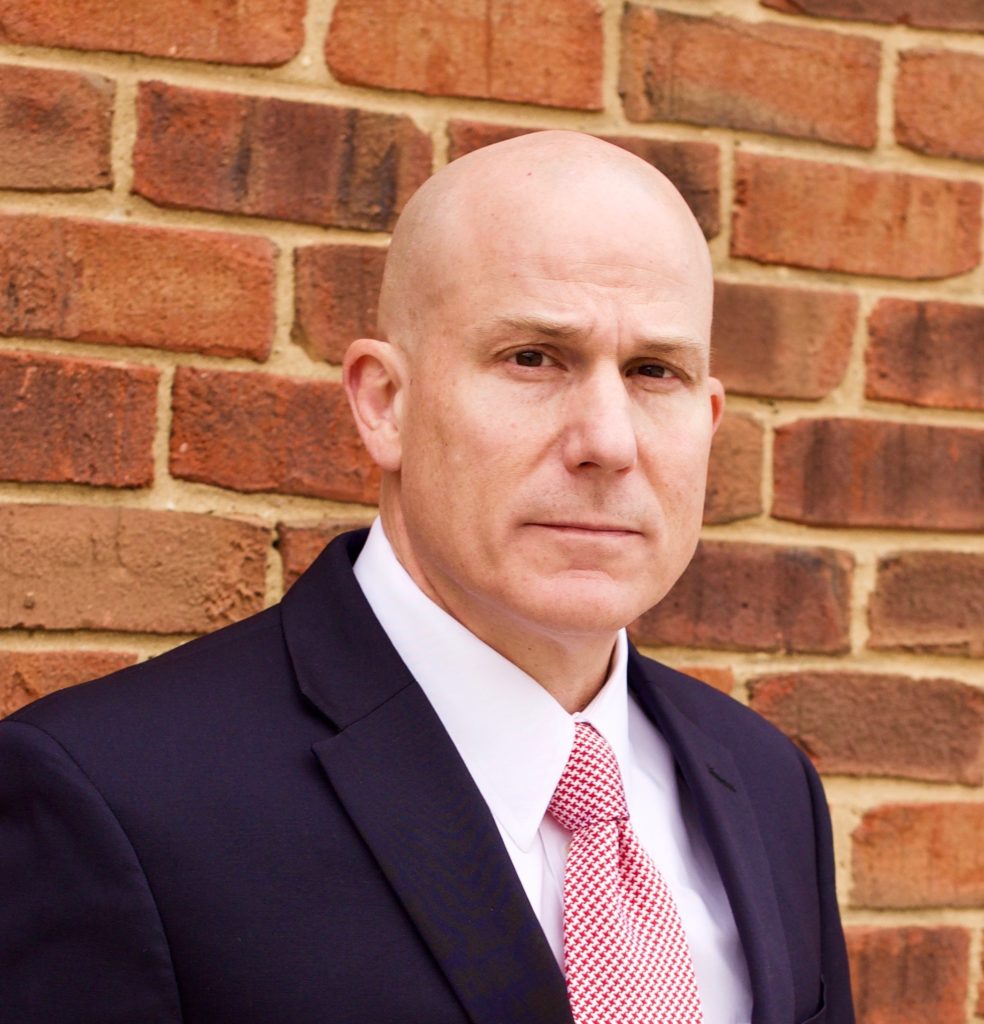



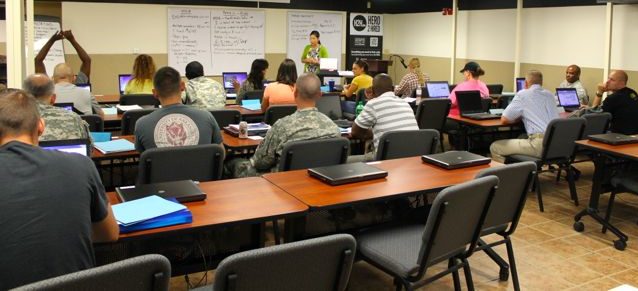
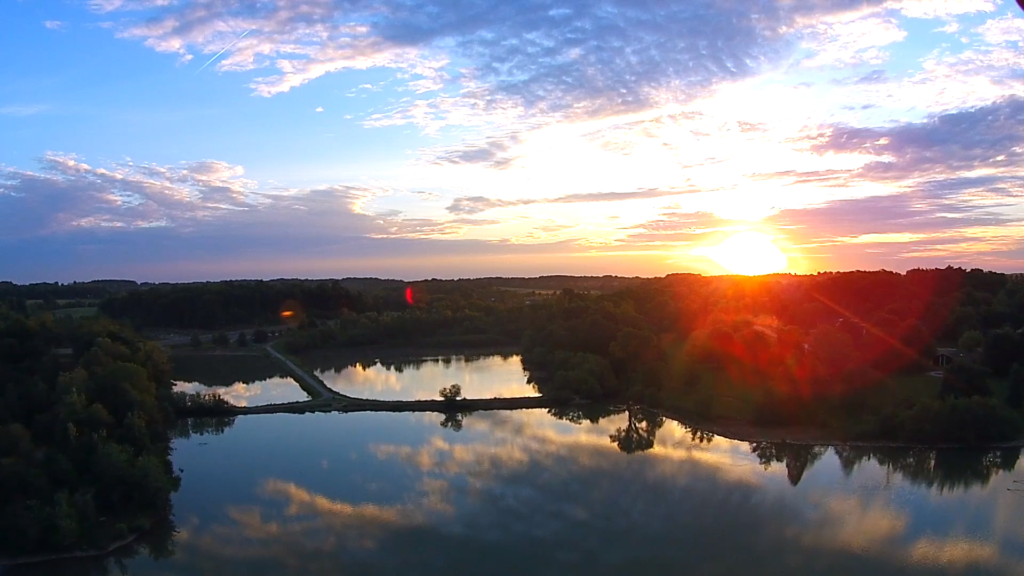 Yes, the job matters but place matters too
Yes, the job matters but place matters too